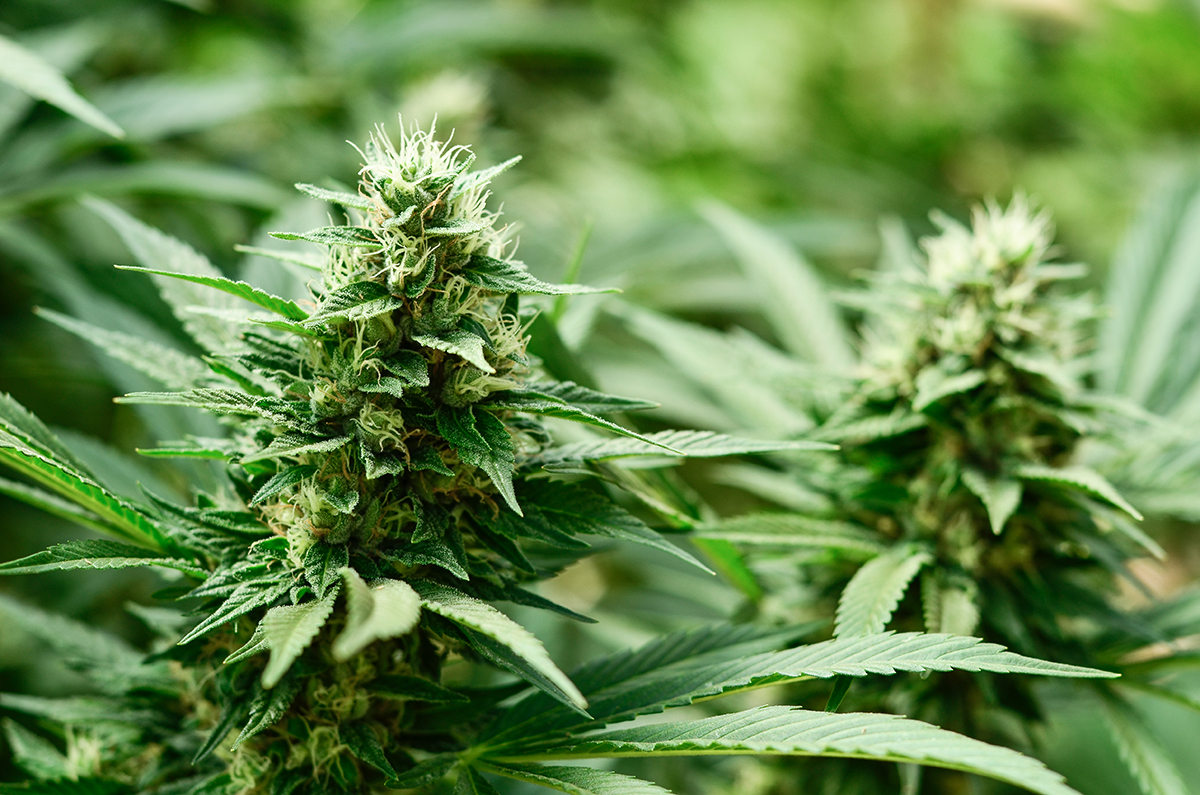Cannabis 3.0 | Part 1
A Starter’s Guide
Since legalization in October 2018, the Canadian cannabis industry has been anything but boring. While many applaud its growing maturity and consolidation, the pace of change is about to accelerate. A host of new technologies and business models are on the horizon with the potential to disrupt current cultivation practices, available products and industry players themselves — welcome to Cannabis 3.0.
These disruptive forces present tremendous opportunities for firms to reduce costs, customize products for specific customers and differentiate themselves in the market. At the same time, those cannabis companies who are unable to leverage these new developments run the risk of being outflanked by savvier, more agile players.
In the following two-part series, we will review four imminent and transformational developments; beginning with two technological advances that can transform how cannabis is cultivated and productized.
BIOSYNTHESIS
The holy grail for cannabis producers is to grow a consistent and reliable product, much like a consumer packaged goods (CPG) firm would market the same brand across regions. However, cannabis is a complex plant. Its cannabinoid profile changes with even slight variability in environmental factors such as humidity, temperature and light. This fickleness makes it difficult for growers to effectively build brands, develop medical cannabis strains or deliver standardized flower for extraction. To meet their vision of becoming a CPG or Pharmaceutical firm, growers will need to solve the operational riddle of producing flower with consistent traits (such as CBD levels, terpenes, etc.) at low cost and on an industrial scale.
Biological engineering is coming to the rescue. Cannabinoids can be produced in the lab at scale using a technology called biosynthesis. Similar to fermentation, biosynthesis is the formation of complex compounds from simple starting molecules, known as precursor compounds, using living organisms like bacteria and yeast. Biosynthesis is not new. It has already been proven in the food, beverage and pharmaceutical industries to significantly improve production volumes, product purity and consistency at a lower unit cost. To illustrate:
- Natural vanilla is an ancient ingredient grown around the world. However, it is now more economical to synthetically produce vanillin — the compound that gives vanilla its flavor — in the lab. Today, more than 99 percent of all vanillin on the market is produced synthetically at a much lower cost;
- Citric acid is an important food additive which used to be harvested from lemons and oranges. Not anymore; in 2019, the entire 632 thousand tons of citric acid on the North American market was produced by fermentation using a black mold;
- Drug companies use biosynthesis, bacteria and yeast to mass-produce synthetic insulin, helping millions of diabetic patients regulate their sugar levels.
Today, cannabis researchers are attempting to use microorganisms like algae, yeast and bacteria in the lab to create highly consistent, unique and low cost cannabinoids. Achieving this goal will allow for the production of standardized products for the medical cannabis segment, as well as ingredients for edibles, concentrates and topicals. The benefits for the consumer will be superior product quality, low cost, greater variety and a more reliable consumption experience.
On an operational basis, biosynthesizing cannabinoids is a game-changer. It is more capital-efficient than growing flower on expensive agricultural land or in greenhouses. Furthermore, the biosynthesis process consumes fewer resources, such as water and electricity and has a smaller environmental footprint. Biosynthesis also enables companies to scale operations quickly and in a controlled manner.
A number of startups are exploring biosynthesis. For example, Boston-based Gingko Bioworks has partnered with the licensed producer Cronos Group to research using yeast to produce several different cannabinoid compounds — including lesser-known components such as tetrahydrocannabivarin (THCV), which is only present in the plant at very low levels.
GENETIC MODIFICATION
Another emerging technological disruptor, genetic modification is the process of manipulating the genetic structure of a plant’s DNA to improve its characteristics. Genetically modifying crops brings two main benefits:
- Improved environmental resilience — Seeds can be altered to build pest and mold tolerance, deliver superior disease resistance and improve endurance from drought, frost and other environmental stresses.
- Enhanced products traits — Plants can also be modified to add value to their biochemical profiles. For example, canola has been genetically modified to produce the omega-3 long-chain fatty acid, thereby replacing the need to have fish oil in the market.
Cannabis producers are paying close attention to developments in plant genetics and breeding. Using genetically-superior seeds can boost yields, create distinct terpenes that impact flavor, color, scent etc., and enhance the composition of desirable cannabinoids in the plant. There are also significant benefits for Canadian cultivators looking to grow cannabis less expensively outdoors while mitigating the risk of late season frosts.
Many cannabis companies are exploring the use of this technology. Trait Biosciences, a biotech firm, received U.S. patent protection in June 2019 for technology that will increase cannabinoid yields in cannabis plants by two to five times that of conventional plants, while producing water-soluble cannabinoids. Canopy Rivers, a cannabis venture capital investment firm, has invested in Zeakal, an agriculture technology company that is looking to develop seeds with greater photosynthetic capabilities. If successful, plants would require less light to grow, resulting in increased crop yields and lower operating costs.
Genetic modification is also being considered to produce plants with significantly higher amounts of rare cannabinoids such as cannabigerol (CBG). CBG is a non-psychoactive molecule that has properties similar to CBD. Unlike CBD, this cannabinoid is thought to produce its therapeutic effects through direct interaction with cannabinoid receptors in the brain. CBG has the potential to open new market segments by providing cultivators, extractors and medical practitioners the ability to provide therapy-focused treatments for dermatological, gastroenterological and mental health conditions.
HOW TO SEIZE THE OPPORTUNITY?
It is vital for cannabis companies to be aware of these emerging technologies and incorporate them into their medium-term strategic plans. Failing to do so increases the risk they will be disrupted by bolder, more technology-driven competitors. Right now, savvy and prudent leaders should be exploring:
- What they can learn from their peers and start-ups already working on these technologies, as well as the experiences in related industries such as food, beverage and pharmaceuticals;
- Where and how can they capitalize on these technological developments to enhance their business, operational and brand plans;
- What is the business case for adopting these technologies
MNP’s Cannabis Services team can help you identify and implement Cannabis 3.0 technologies that will boost your strategy, operational and product plans. We can also help you investigate and deploy new high-performance business models to capitalize on the emerging opportunities — a topic we will explore further in Cannabis 3.0 | Part 2: New Strategies and Business Models, coming soon.
Contact
For more information, contact:
Mitchell Osak, MBA
[email protected]
National Leader, Cannabis Advisory
416.263.6985
ABOUT MNP
MNP is a leading national accounting, tax and business consulting firm in Canada. We proudly serve and respond to the needs of our clients in the public, private and not-for-profit sectors. Through partner-led engagements, we provide a collaborative, cost-effective approach to doing business and personalized strategies to help organizations succeed across the country and around the world.





